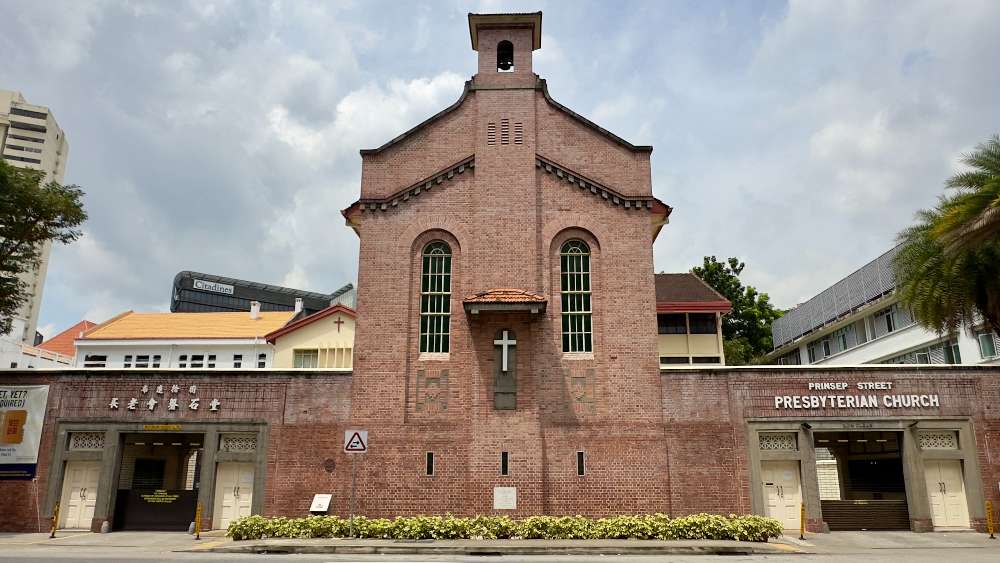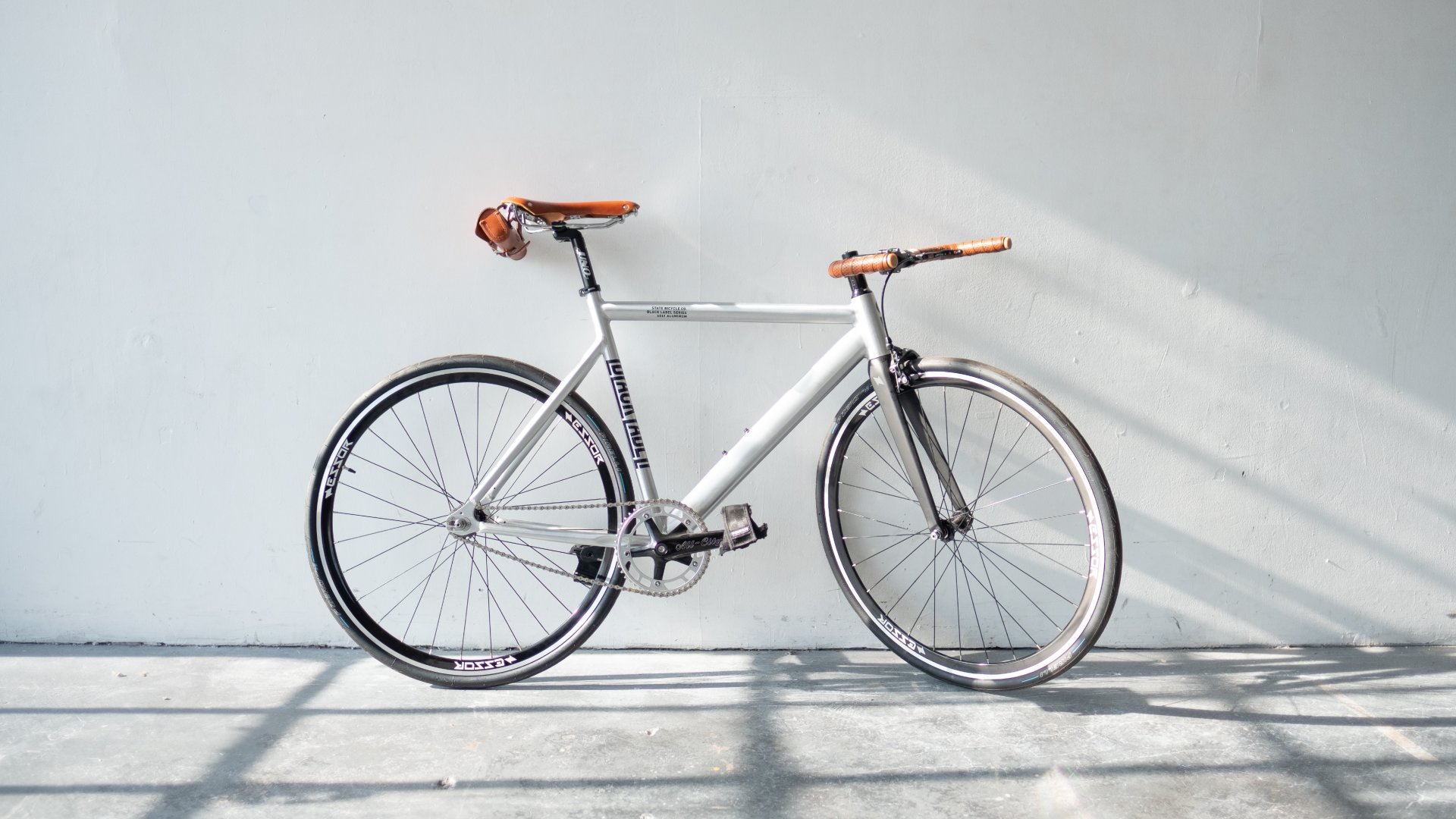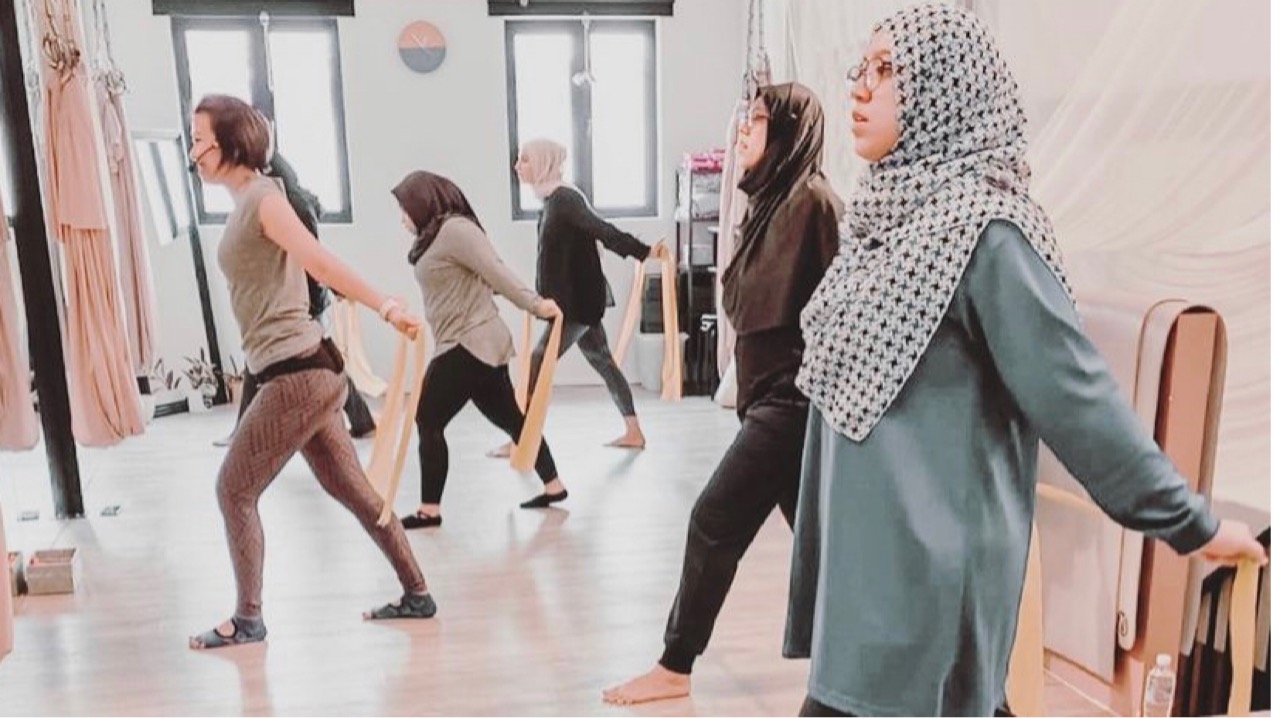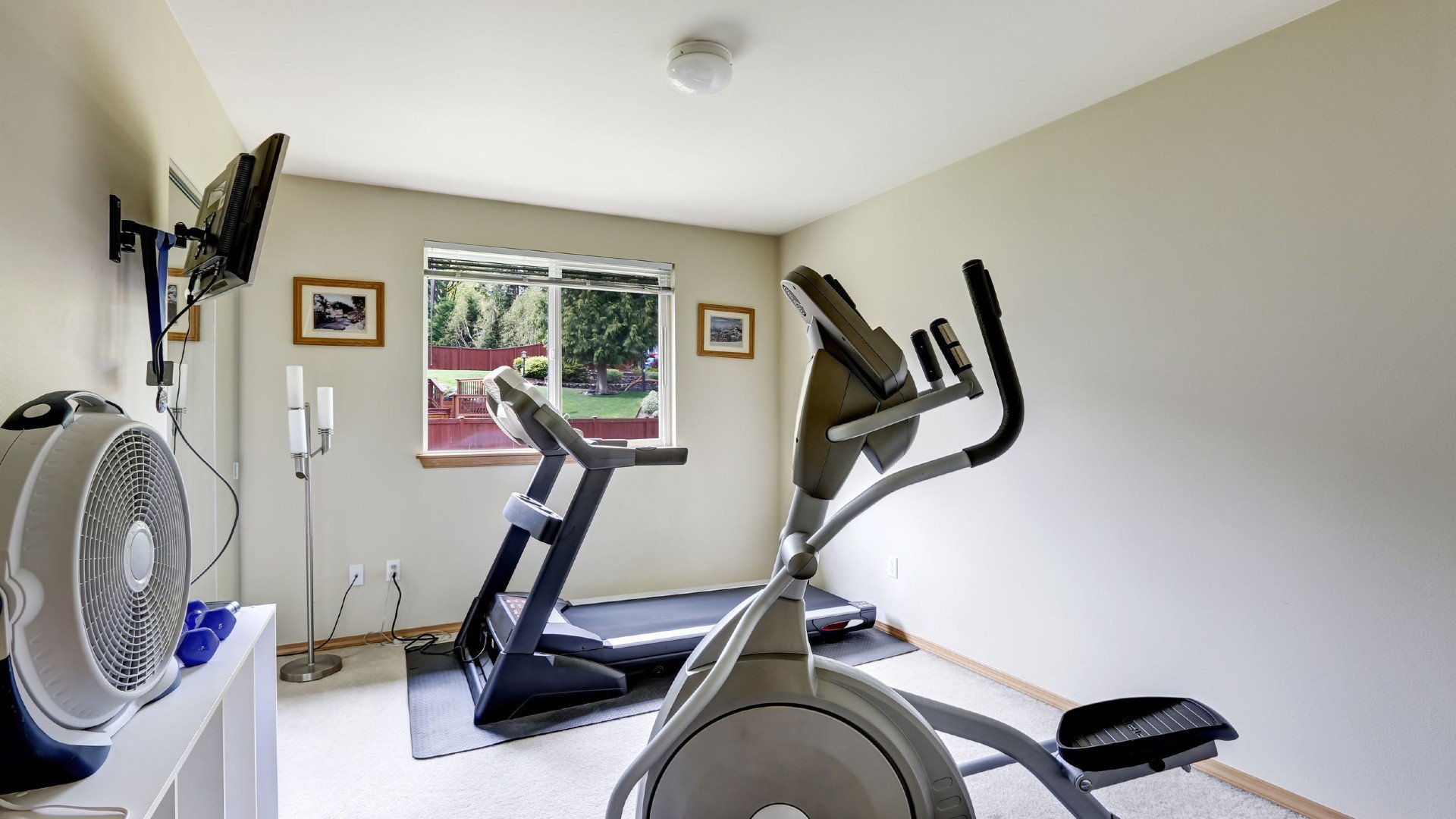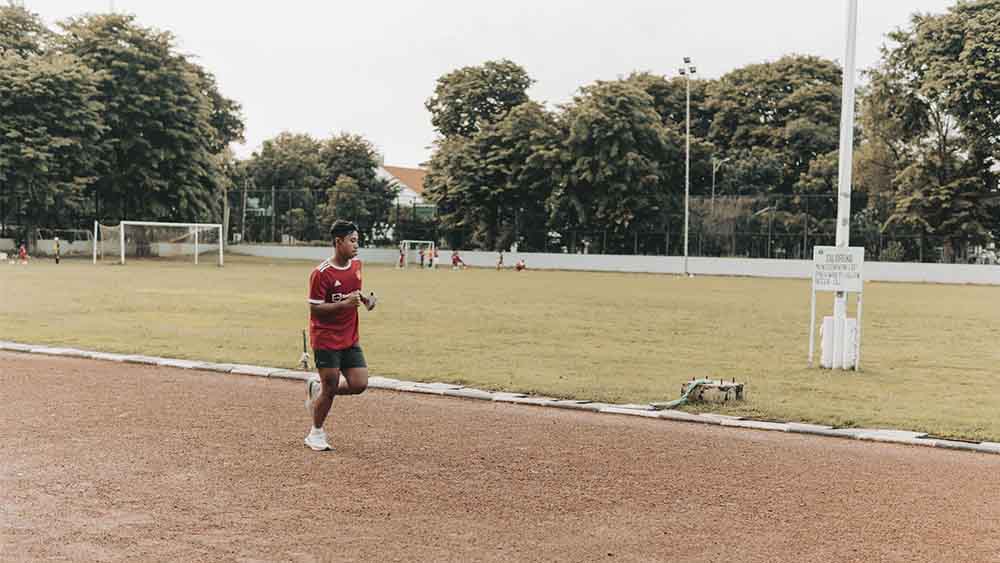World Bicycle Day: Everything You Need To Know About Cycling In Singapore
World Bicycle Day is all about celebrating the uniqueness, longevity, and versatility of the bicycle. Thanks to the ongoing pandemic, more and more people are turning to cycling as a dual means of recreation and exercise. Plans are also underway to convert underused road lanes into cycling lanes, to further boost Singapore’s road infrastructure.
Here’s everything that you need to know about cycling in Singapore:
1. Safe cycling musts
· Always stay visible and never assume that a motorist has seen you
· Follow the highway code and cycle defensively
· Wear protective and safety gear to reduce the risk of injury and harm
· Look out for other road users or hazards, and ensure they are aware of your presence
· Wear bright or fluorescent colours such as orange and yellow to ensure that you remain visible
· Keep your bike locked when unattended
· Register for a Bicycle Security Number which includes a serial number that can help the police identify your ownership of the bike in the event that it is stolen
· Always keep to the left side of the road
· Use hand signals to alert drivers of your intentions
· Be courteous to other road and path users, and treat them with the same consideration as you would expect of them
2. Helmet Essentials
Helmets must meet internationally recognised and approved safety standards and must be changed every 2 to 3 years even if they appear to be in good condition. A snug fit is essential when buying a helmet, so choose one with an internal shape that closely matches the shape and size of your head, and fits well without the sizing pads. Once the sizing pads are in, the helmet must not wobble in any direction before the straps are fastened. Finally, choose a bright or fluorescent coloured helmet to remain visible, as opposed to black or other dark coloured helmets as they are harder to be seen.
3. Knowing the law
· Conventional bicycles do not have to be formally registered by licensing authorities in order to be used on public roads.
· For a complete listing of cycling rules and the Road Traffic Act for bicycles, go here
· When using a public road, all bicycle riders must obey the same rules as other vehicles such as cars and trucks. A cyclist may be punished under the Penal Code/ Road Traffic Act in case of rash or negligent cycling.
· Bicycles are not permitted to be towed by any other vehicle when on the road.
· A child under 12 years of age may be carried on a properly constructed child seat affixed firmly to the pedal bicycle.
· Bicycles are not permitted to be ridden on the right of another vehicle proceeding in the same direction except when overtaking such other vehicle.
· When a portion of a road or path has been set aside for the exclusive use of bicycles, bicycles cannot be ridden on any other part of the roadway.
· Bicycles are also not allowed to be ridden on any part of any expressway.
4. Common cycling infringements
· Failing to keep a proper lookout for others
· Changing lane without due care
· Failing to give way to traffic with right of way
· Riding against the traffic flow
· Failing to conform to red light signal
· Riding on any other part of the roadway when a portion of a road or path has been set aside for the exclusive use of bicycles
· Riding on any part of any expressway
· Not slowing down when approaching road openings, bends, junctions, bus stops and pedestrian crossings
· Cycling across pedestrian crossings
5. Choosing the right bicycle
It is very important to know what sort of bicycle is best for your purpose of cycling, be it for racing, commuting, off road exploration, long distance touring or something else. There are different types of bikes to suit every need, with varying frame sizes to suit different body shapes, and differing levels of quality and budgets.
· Mountain bicycles - popular both on and off the bitumen, they have wide and knobby tyres, flat handlebars and between 15 and 27 derailleur gears. Standard tyres perform better off road, while special slick tyres can be fitted to make road cycling easier.
· Hybrid bicycles - sometimes called “cross” or “city” bicycles, these slim-framed mountain bicycles have narrower tyres and slightly raised handlebars, good for commuting or short leisure trips on bitumen surfaces. Gearing varies from 15 to 24 speed.
· Touring bicycles – strong, long distance bicycles capable of carrying cargo, with a big frame triangle, drop handlebars and 14 to 27 speed.
· Road racing bicycles - Despite a finer frame, a shorter wheelbase and drop handlebars, these lightweight, fast bicycles look the same as quality touring bicycles, but aren’t as structurally strong as other bicycles.
· Foldable bicycles – when fully folded, folding bikes take up less than half the space of a standard bicycle, to allow easier carriage and storage after hinging together the wheels, handlebars and frame. However, these bikes often have smaller wheels compared to other bicycles and aren’t suited for long distance riding.
6. Cycle with B.iCycle
There are several popular cycling trails across the island, so you can’t go wrong. Available across all mobile devices, B.iCycle functions as the only GPS cycling computer, including off-road bike trails, from OpenCycleMap with highlighted bike paths and contour lines. The application also calculates speed, distance, altitude and calories burnt.
For the latest updates on Wonderwall.sg, be sure to follow us on TikTok, Telegram, Instagram, and Facebook. If you have a story idea for us, email us at [email protected].

/roundup_5_april_2024_rectangle.jpg?sfvrsn=21b9d2d9_1)


